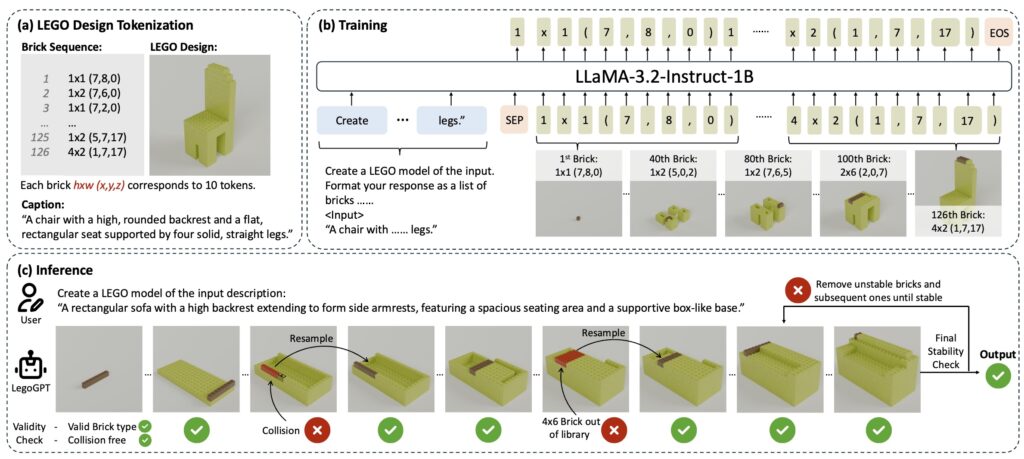
Sonair ADAR is scheduled to be prepared for shipment in July 2025.|Credit: SonairSonair, a sensor technology business in Oslo, Norway, is set to debut its ADAR (Acoustic Detection and Ranging) sensing unit to North American audiences at Automate 2025 next week in Detroit.
Created to enhance safety in collective human-robot offices, ADAR aims to improve how self-governing mobile robotics view and connect with their surroundings.“& ldquo; Safety simply got a lot simpler —-- and better adjusted to identify individuals,” & rdquo; stated Knut Sandven, CEO of Sonair.
“& ldquo; ADAR makes it possible for 3D 360-degree challenge detection around self-governing mobile robots (AMRs) at a significantly lower expense than the sensing unit packages utilized today, enabling AMR makers to construct safe and cost effective autonomous robots.”& rdquo; The sensing unit earned Sonair a spot in the Automate Startup Challenge, highlighting the potential of its innovation within the competitive automation landscape.ADAR addresses lidar security shortcomingsCurrent 2D lidar security scanners frequently only identify an individual’& rsquo; s legs in a single horizontal airplane, according to Sonair.
The business stated it resolves this limitation with its patented ADAR technology.
This technique supplies 3D picking up, with a single ADAR sensor offering a 180 x 180-degree field of vision and a 5 m (16.4 ft.) variety for security functions.The core technology underpinning ADAR has been in development for over 20 years at Norway’& rsquo; s MiNaLab sensing unit and nanotechnology research center.
Sonair uses beamforming, a processing strategy commonly used in sonar, radar, and medical ultrasound imaging, to adapt this method for in-air ultrasonic applications.The company, which emerged from stealth a year back, stated it is on track to achieve safety accreditation for ADAR by the end of 2025.
It claimed this would be the market’& rsquo; s very first 3D ultrasonic sensor operating in air getting such certification.Now accepting session submissions!Sonair offers robots a sense of hearingSonair’& rsquo; s acoustic detection and ranging innovation equips AMRs with omnidirectional depth understanding, allowing them to “& ldquo; hear & rdquo; their surroundings in genuine time by analyzing spatial details from airborne sound waves.Developed according to the ISO13849:2023 efficiency level d/SIL2 safety standards, ADAR develops a virtual security shield to facilitate safe human-robot cooperation.
Sonair said its innovation is its mix of wavelength-matched transducers with signal processing for beamforming and object-recognition algorithms.“& ldquo; ADAR is a sophisticated plug-and-play picking up technology making sure compliance with safety standards.
With its small type element, low power, and calculate usage, it is easy to incorporate as part of a combined sensor package,” & rdquo; explained Sandven.
“& ldquo; It takes the & lsquo; Uh oh & rsquo; out of human-robot coexistence and changes it with an ‘& lsquo;”All clear.
& rsquo; & rdquo; ADAR gets validation for commercializationPrior to its public unveiling, ADAR has actually undergone screening and validation through an Early Access Program released in the summer season of 2024.
More than 20 worldwide companies covering AMR manufacturing, industrial corporations, automotive innovation suppliers, and the autonomous health and cleaning sectors have validated the sensing unit’& rsquo; s effectiveness.The favorable feedback and efficiency have already equated into industrial orders and endorsements, said Sonair.
Japan’& rsquo; s Fuji Corp.
has actually procured ADAR for its upcoming line of AMRs, and a Swiss producer of autonomous cleaning robotics has actually likewise adopted the innovation.“& ldquo; Sonair integrates quick advancement abilities with a versatile mindset,” & rdquo; stated Koji Kawaguchi, general supervisor of the Innovation Promotion Department at Fuji.
“& ldquo; Thanks to their cooperation, through detailed testing, we had the ability to verify the high viability of their sensing units for self-governing mobile robotics.”& rdquo; Shuhei Monobe, department supervisor of the Electronics Devices Department at Cornes Technologies, a circulation partner for Sonair, noted the innovation has strong capacity in the Japanese market.“& ldquo; We see possible for Sonair’& rsquo; s ADAR innovation in the Japanese robotics market, especially in applications requiring reliable, safe human-robot interaction,” & rdquo; he said.
& ldquo; As an unique approach to 3D noticing, ADAR offers benefits in both efficiency and cost.
We eagerly anticipate deepening our collaboration with Sonair and bringing this development to more of our customers.”& rdquo; Attendees at Automate 2025 can see ADAR’& rsquo; s capabilities firsthand at Booth 4710.
Sonair said its demonstration will allow visitors to experience how the sensor “& ldquo; sees & rdquo; themselves and other items through airborne sound waves.The business stated it expects ADAR to be prepared for delivery in July 2025, marking an advance in improving security and effectiveness in the progressing world of robotics and automation.The post Sonair debuts ADAR, a 3D ultrasonic sensing unit for autonomous mobile robots appeared first on The Robot Report.

 6
6
















